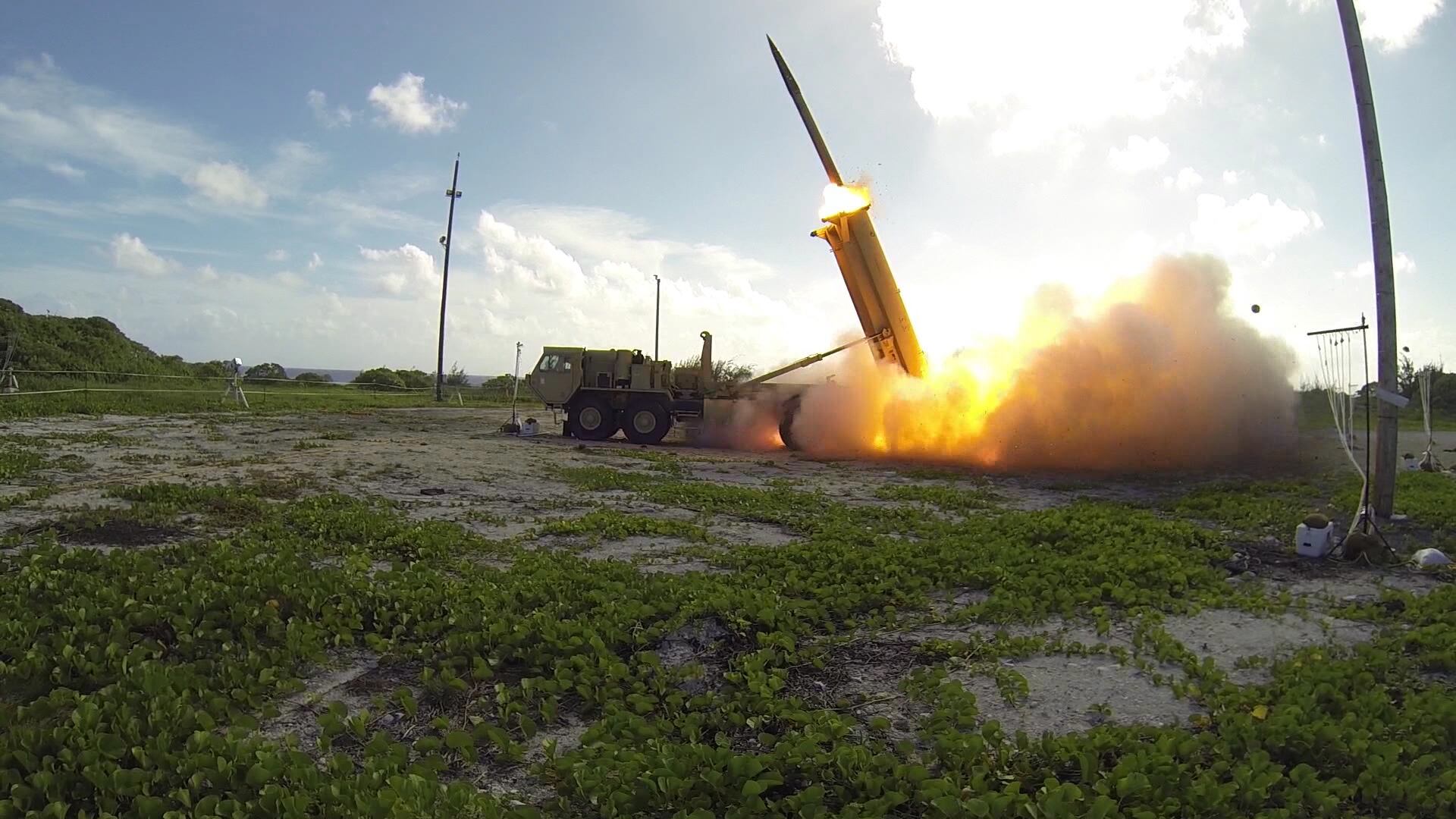According to a new report, the Missile Defense Agency is facing several challenges squeezing research and development, including numerous new responsibilities beyond its original scope.
The report, titled "The Missile Defense Agency and the Color of Money Fewer Resources, More Responsibilities, and a Growing Budget Squeeze," recently was released by the Center for Strategic and International Studies. It notes that MDA has acquired new roles and new "colors of money" as well as new tasks above its traditional research and development, something that was the cornerstone to the agency's founding.
"Looking ahead, the United States and its allies and partners may expect to encounter more multifaceted threats that could overcome current defense systems, including advanced cyber intrusions, electronic warfare, directed energy and hypersonics," the report says. "Future decision-makers will have to consider whether MDA should retain its near-exclusive focus on the ballistic missile defense mission or expand to address the broader suite of cruise missile, air defense and hypersonic threats."
The report notes that "three sources of pressure -- a shrinking budgetary top line; failure to transfer increasing procurement and [operations and maintenance] responsibilities to the military services; and increased foreign assistance -- have together created a source of competition within the MDA budget, squeezing R&D, and they show no signs of easing," despite growing missile threats.
"From the earliest days, research and development has always been at the center of missile defense's institutional existence -- as has the competition with activities other than research and development. The confluence of the above trends, however, has put an underappreciated pressure on MDA's [research, development, test and evaluation] focus, and in particular R&D," the report says.
Thomas Karako, senior fellow at CSIS, said during a July 29 event at CSIS unveiling the report that Congress has cut funding from some of MDA's most innovative projects to fund Israeli missile defense. While the report notes the importance of assistance to both bolster alliances and gain a better understanding combat conditions, "[a]bsent clearer guidance and prioritization, foreign assistance can compete with, and even undercut, development of U.S. missile defense systems."
A potential workaround, the report notes, is to transfer Israeli missile defense foreign assistance to another account such as Foreign Military Financing, especially considering Israel is the only nation that can receive U.S. military aid for purchase from non-U.S. defense firms.
One of the reasons the R&D issue is important, according to former MDA director Trey Obering, is for future planning. The only reason there are defenses against current weapons are due to investments in previous decades, he said at CSIS. Despite the relatively limited threat of Iranian or North Korean missile capabilities, he noted they are expanding and evolving their capabilities. For this reason, it is important to continue missile defense R&D. Furthermore, other nations are investing in more advanced capabilities such as hypersonics and R&D is essential to stay ahead of those threats.
The report's authors offer three potential paths forward for MDA. The first is evolution and expansion, in which MDA adjusts its top line to reflect new roles and retention of expanded missions. Second, MDA could shed its newer roles, transitioning some of them back to the services and enabling it to return to a traditional Defense Advanced Research Projects Agency-like focus on R&D. Third, the report notes that budgetary issues might not be resolved, meaning "MDA's ability to improve qualitative capabilities will further suffer, challenging its ability to 'outpace the threat.'"
Mark Pomerleau is a reporter for C4ISRNET, covering information warfare and cyberspace.








